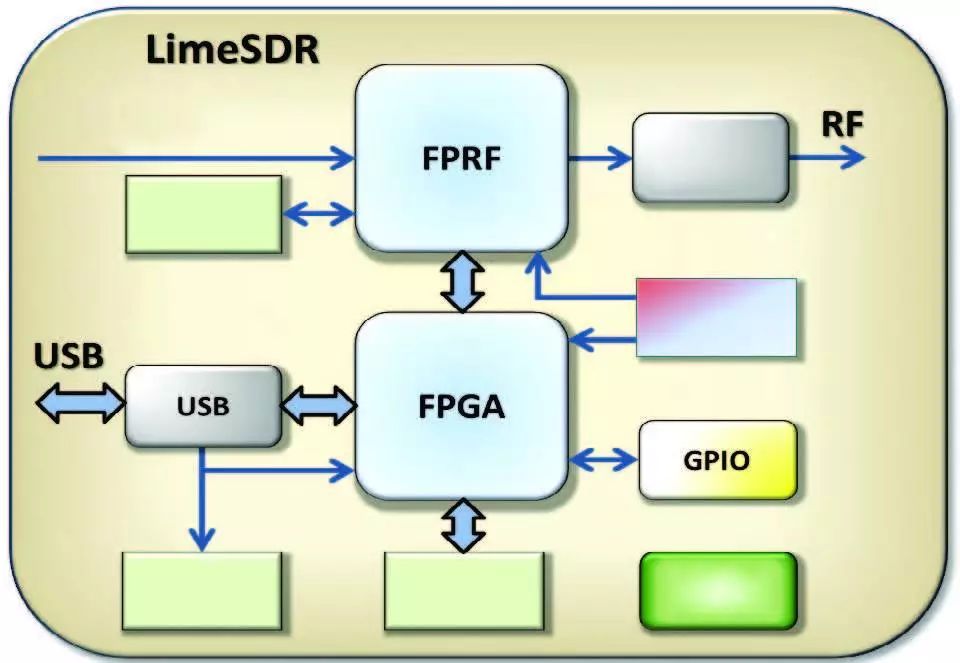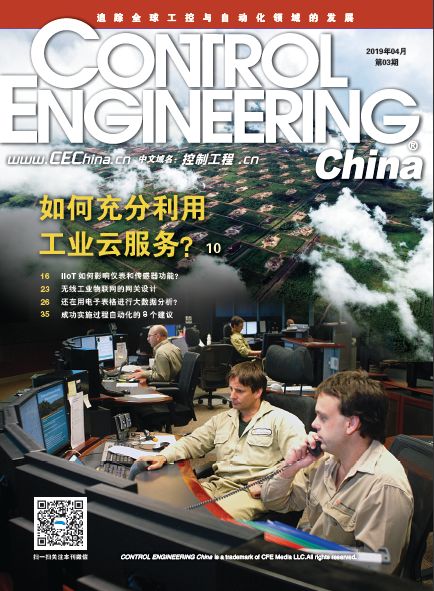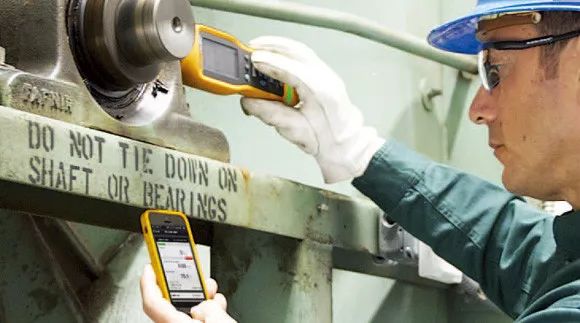Software Defined Radio hardware and open-source programming software provide an alternative to proprietary wireless communication systems, helping to enhance the interoperability of Industrial Internet of Things networks.
Despite much discussion about how the Industrial Internet of Things (IIoT) will transform factory automation, there is no unified technology to connect various ‘things,’ leading to incompatibility between systems. Open-source software-defined radio technology can be used to establish connections between different industrial wireless standards. The compatibility issues can be best illustrated by examining IIoT, a subset of applications that brings enormous benefits through its ubiquitous connectivity. A leading communication equipment supplier estimates that over 90% of industrial machines are still not connected to any network.
Incompatible Wireless Standards
The main barrier to achieving broader interconnectivity is that most industrial sites have multiple vendors. Each vendor may adopt different approaches to implement IIoT, including using wireless connections for maximum flexibility but failing to achieve interoperability between wireless links, standards, and protocols. These include Wi-Fi, NB-IoT (also known as Cat-NB1), LTE-MTC Cat M1, LoRa, Sigfox, Ingenu, WirelessHART, Weightless, Bluetooth Low Energy (BLE), and ZigBee, among others.
Each technology has its advantages and limitations, and choices may be made based on application cases. Low Power Wide Area Network (LPWAN) solutions like LoRa, NB-IoT, and Sigfox are better suited for long-distance links with low data rates, while wireless access through Wi-Fi and Bluetooth is more popular but limited in transmission range. A new type of Wi-Fi called HaLow is entering the fray. It uses IP packets and lower frequencies to provide longer transmission distances and stronger penetration.

This diagram shows the block diagram of the Lime SDR software-defined radio board. LimeSuite is a free open-source software used for programming the LimeSDR board. The GUI-driven design environment allows control of the RF chip functionalities. Image source: Lime Microsystems
Incompatible systems are a barrier for any factory wishing to migrate its IT systems to Industry 4.0, as it may require multiple hubs and gateways to collect and organize data for analysis.
Software Defined Radio (SDR) can support various wireless technologies; it is compact, programmable, open-source, full-duplex, and supports app applications, meaning it can be configured after downloading code from an app store.
This radio needs to achieve communication and control pathways, such as dual transceiver Field Programmable Radio Frequency (FPRF) devices and Field Programmable Gate Array (FPGA) chips. The board connects to an appropriate processor via USB 3.0 or PCIe interface, which is typically a PC device.
Open-source applications from the SoapySDR project can enable Linux-running processors, which can be used ‘as-is’ or modified on demand to meet specific requirements. Ubuntu-based open-source applications are available for GSM and LoRa, with an active ecosystem offering numerous new applications. Hardware designers can use the onboard Intel FPGA to encode and decode various wireless standard data; open-source software is already available. FPGAs can also be used for encryption to avoid ‘plaintext’ transmission of data.
The main advantage of open-source resources is the ability to modify functionalities to meet application needs. Documentation allows software designers to understand code operations. Additionally, forums and blogs can answer many common questions, and the open-source community can help resolve and answer issues. Software engineers can start by downloading LoRa files and then improve the system on SDR to support other technologies.
Various options are available for modifying systems. SoapySDR supports vendor-independent support libraries, allowing designers to access C++ APIs, C wrappers, and Python bindings. The data includes detailed descriptions of code operations, which can serve as a starting point for new designs.
Free open-source software is available for programming SDR. The GUI-driven design environment allows control over all aspects of RF chips, such as bandwidth or frequency. All of this is achieved using FPGAs to load data via a serial peripheral interface, allowing the desired wireless standards to be set. It can be downloaded in real-time to the board and can be checked for system performance using hardware-in-the-loop. When the RF design is complete, the FPRF configuration can be saved for the final system.

Control Logic in FPGA
The control logic for SDR is implemented in FPGA, and commands can be downloaded to the module via the USB port. The functionality of the FPGA can be modified, which was previously assigned to hardware design teams with the necessary expertise for device design. This is also considered one of the biggest barriers to the widespread adoption of FPGAs in electronic products by vendors. Therefore, they have made significant efforts to simplify the design process for software or non-specialist communities.
IIoT is an indispensable part of further enhancing industrial automation, and wireless connectivity must have a place in the overall IIoT strategy. Some options can leverage unlicensed low-power wide area networks, while others may deploy emerging cellular standards. One wireless communication technology is unlikely to meet all requirements, so a configurable gateway is needed to cover many options. SDR hardware and software communication provide an alternative to proprietary wireless communication systems.
Key Concepts:
■ Software defined radio can communicate between incompatible wireless standards.
■ Open-source tools and applications simplify communication programming.
Consider:
How do industrial wireless protocols exchange data in applications?

– The End –
This article is from CONTROL ENGINEERING China April 2019 issue, under the ‘Technical Articles’ column, originally titled: Gateway Design for Wireless Industrial IoT

This Issue of the Magazine

 Good News: The CONTROL ENGINEERING China mini-program is now online; click the magazine cover to open the mini-program to read past issues.
Good News: The CONTROL ENGINEERING China mini-program is now online; click the magazine cover to open the mini-program to read past issues.
Recommended Reading

ISA 100.11a and WirelessHART – Self-Organizing and Self-Managing Industrial Wireless Networks

Functional Transformation – How IIoT Affects the Future Development of Instruments and Sensors?

Trends in Automation Software Development – Deploying Cloud-Based Software for Industrial Applications

Does Your Machine Tool Benefit from Digitalization – How Digitalization Helps Machine Tool Manufacturers?

At a Loss? – Starting Point for Industrial Control System Security: Three Steps of Security Audit
Read a high-quality original article every day, follow us!

